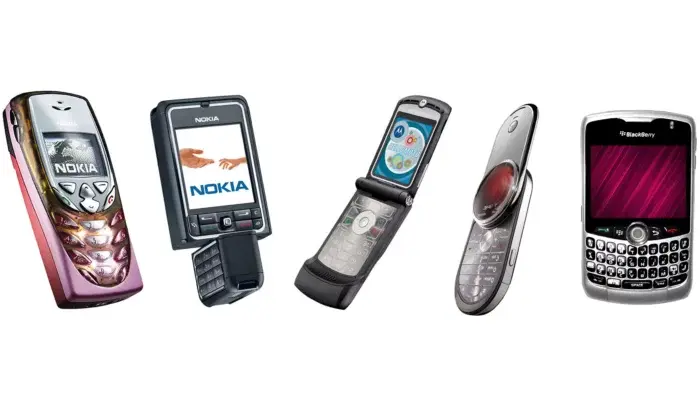In 2021, there were approximately 7.1 billion mobile phone users worldwide, constituting around 90% of the global population. Mobile phones have become one of the most widespread pieces of technology, significantly evolving from their early, bulky versions.
Let’s take a look at some of the best-selling mobile phones of all time, drawing insights from data provided by Wikipedia, Yahoo Finance, and tech analyst firm Omdia.
All-Time Best-Selling Mobile Phones
Here are the top-selling mobile phones of all time, along with their total sales and years of sales:
1. Nokia 1100 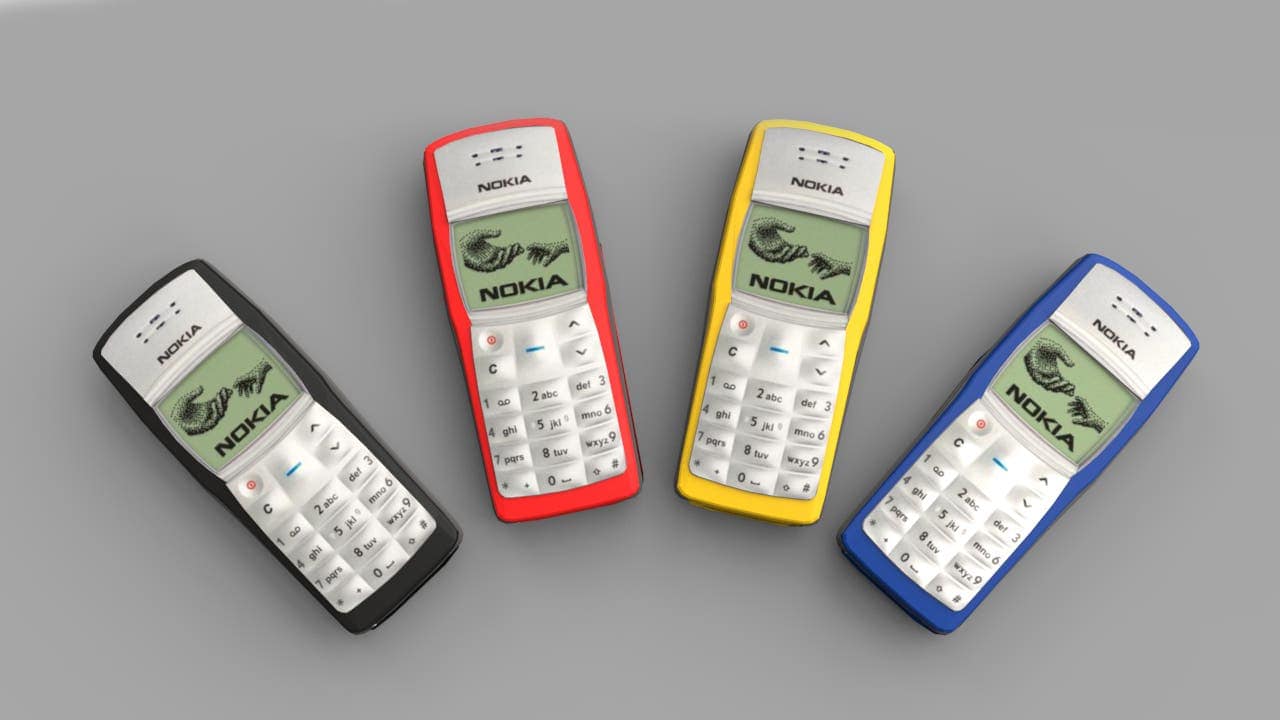
– Manufacturer: Nokia
– Total Sales: 250+ million
– Years of Sales: 2003-2009
2. Nokia 1110 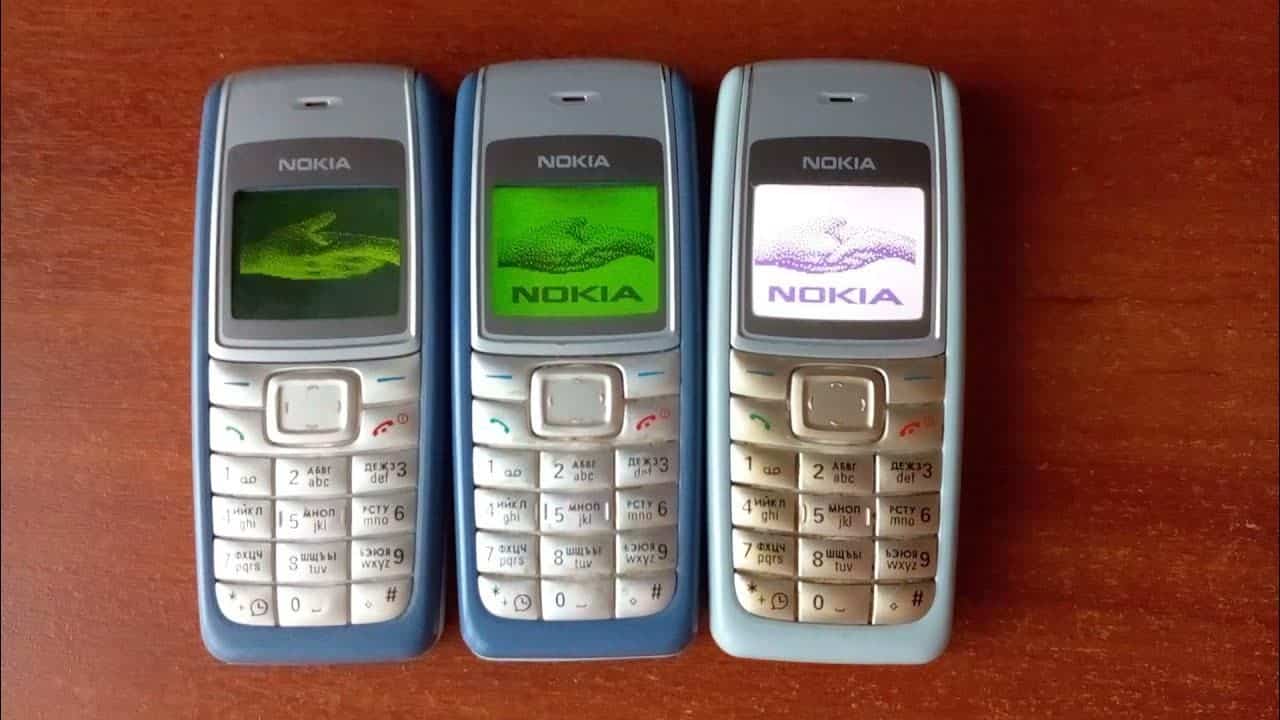
– Manufacturer: Nokia
– Total Sales: 248 million
– Years of Sales: 2005-2010
3. iPhone 6 & 6 Plus 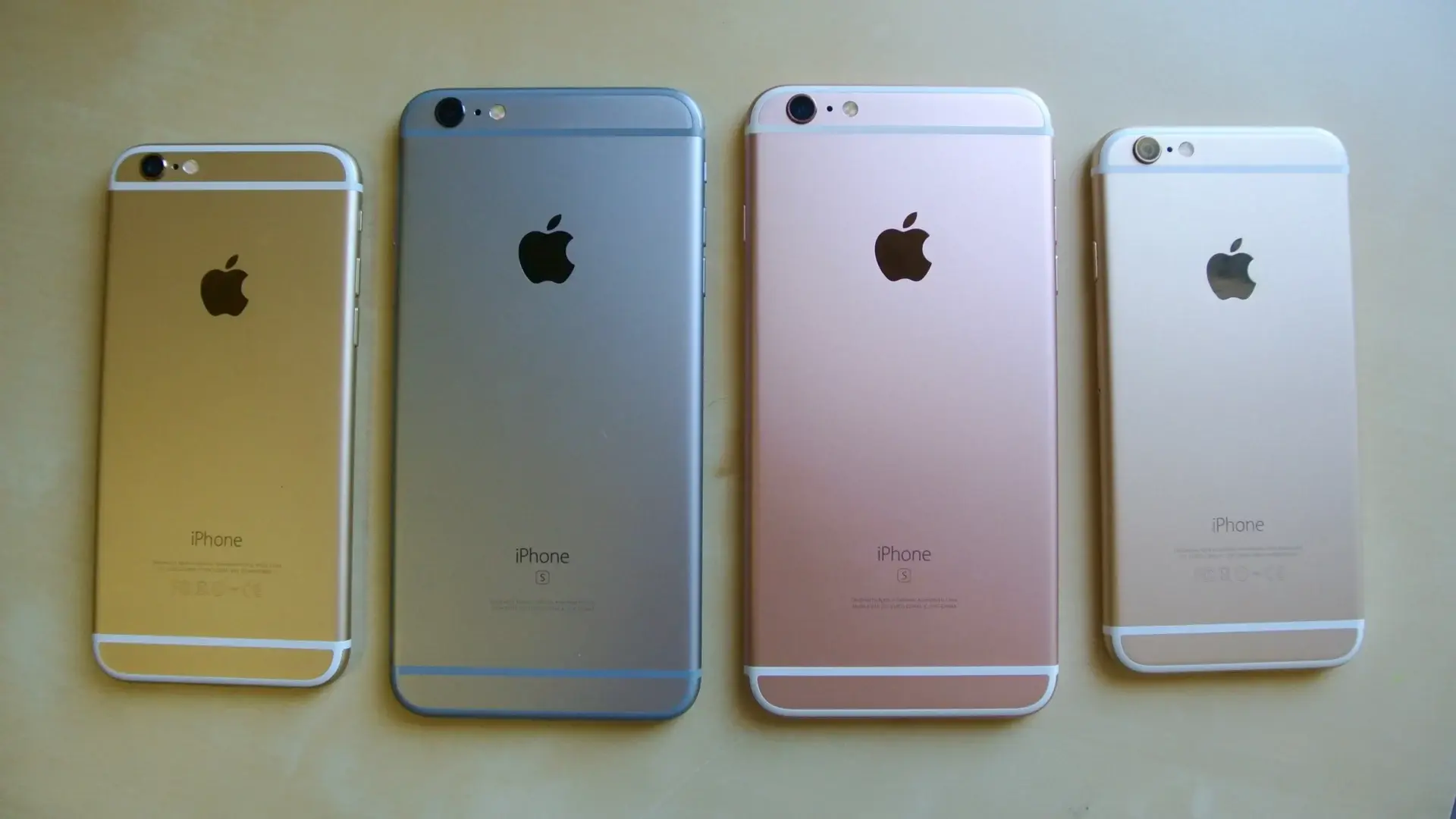
– Manufacturer: Apple
– Total Sales: 222 million
– Years of Sales: 2014-2018
4. Nokia 105 Series 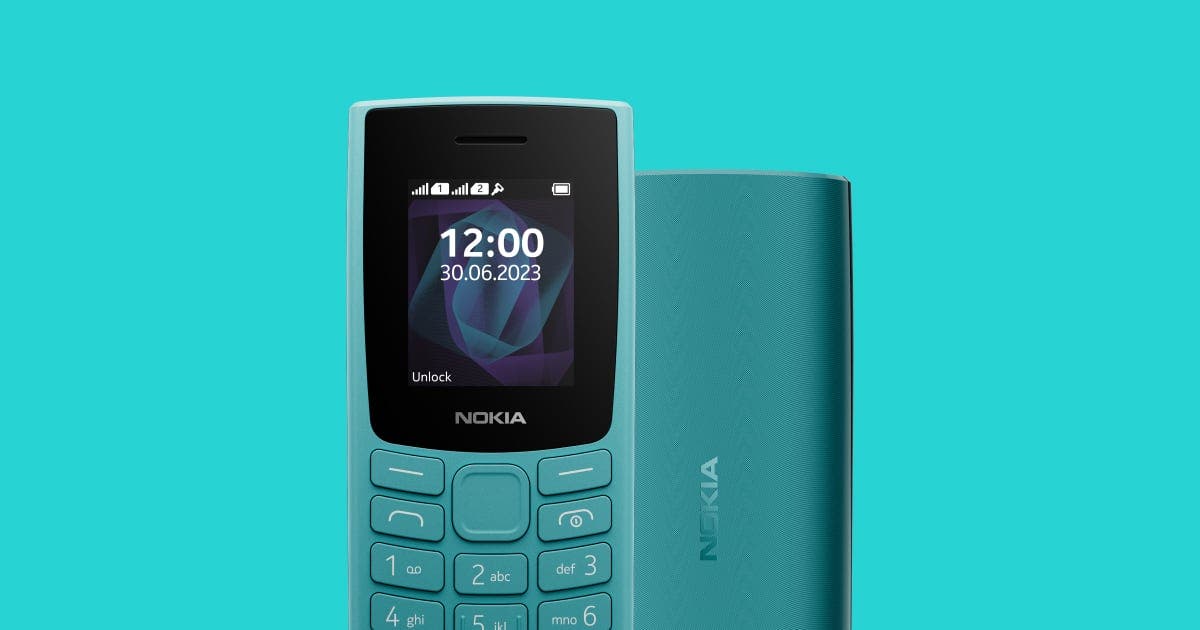
– Manufacturer: Nokia
– Total Sales: 200+ million
– Years of Sales: 2013-Present
5. Samsung E250 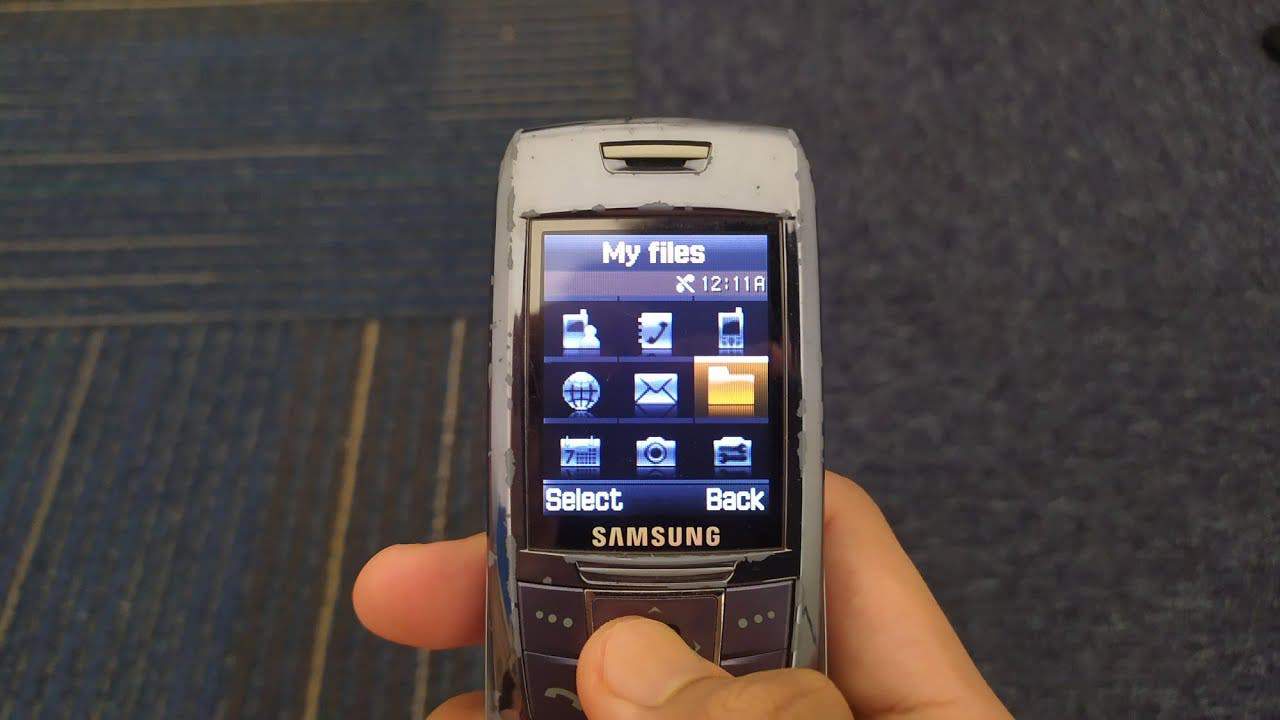
– Manufacturer: Samsung
– Total Sales: 100 million
– Years of Sales: 2006-2009
6. Nokia 6600 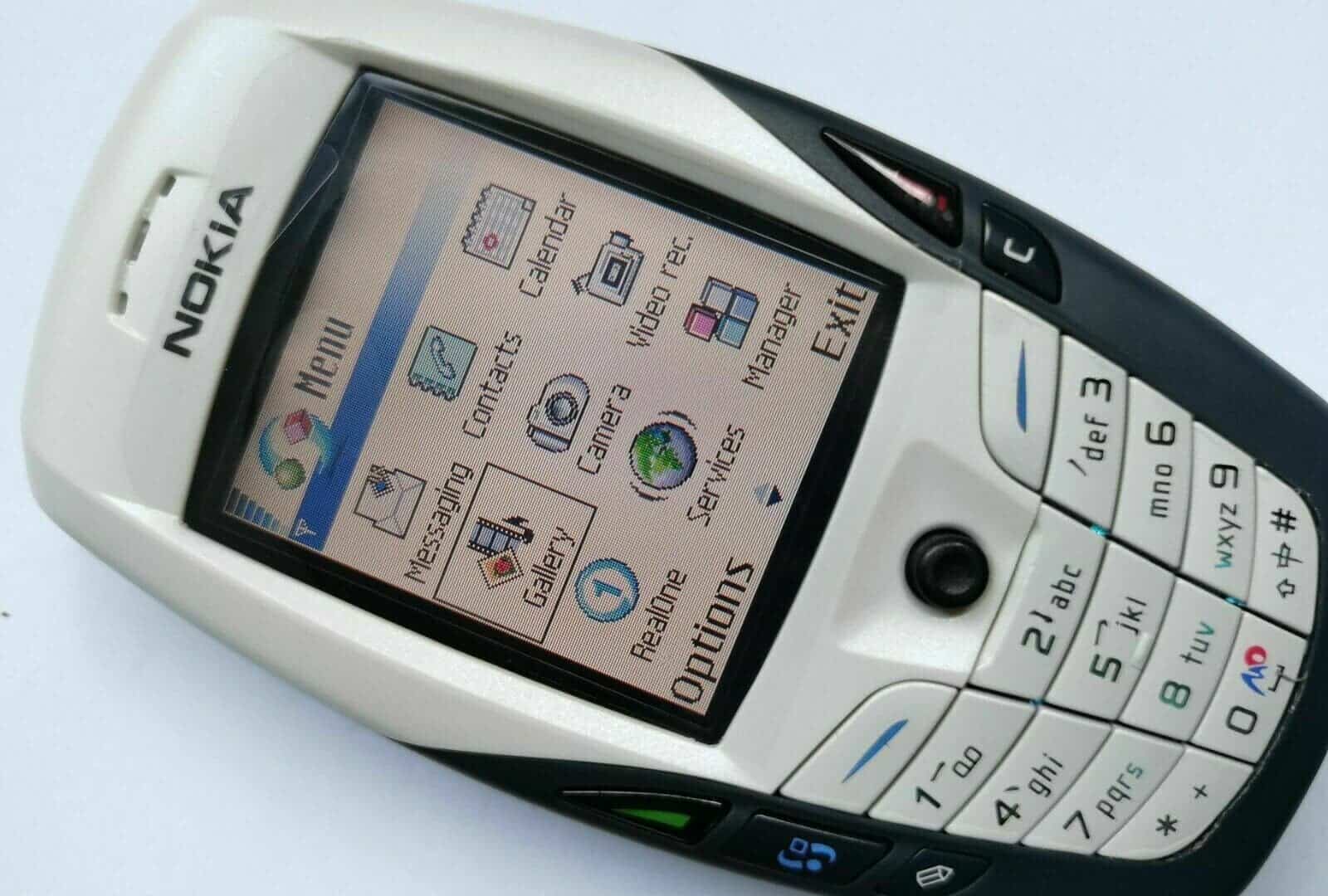
– Manufacturer: Nokia
– Total Sales: 70 million
– Years of Sales: 2002-2007
7. Samsung Galaxy S II 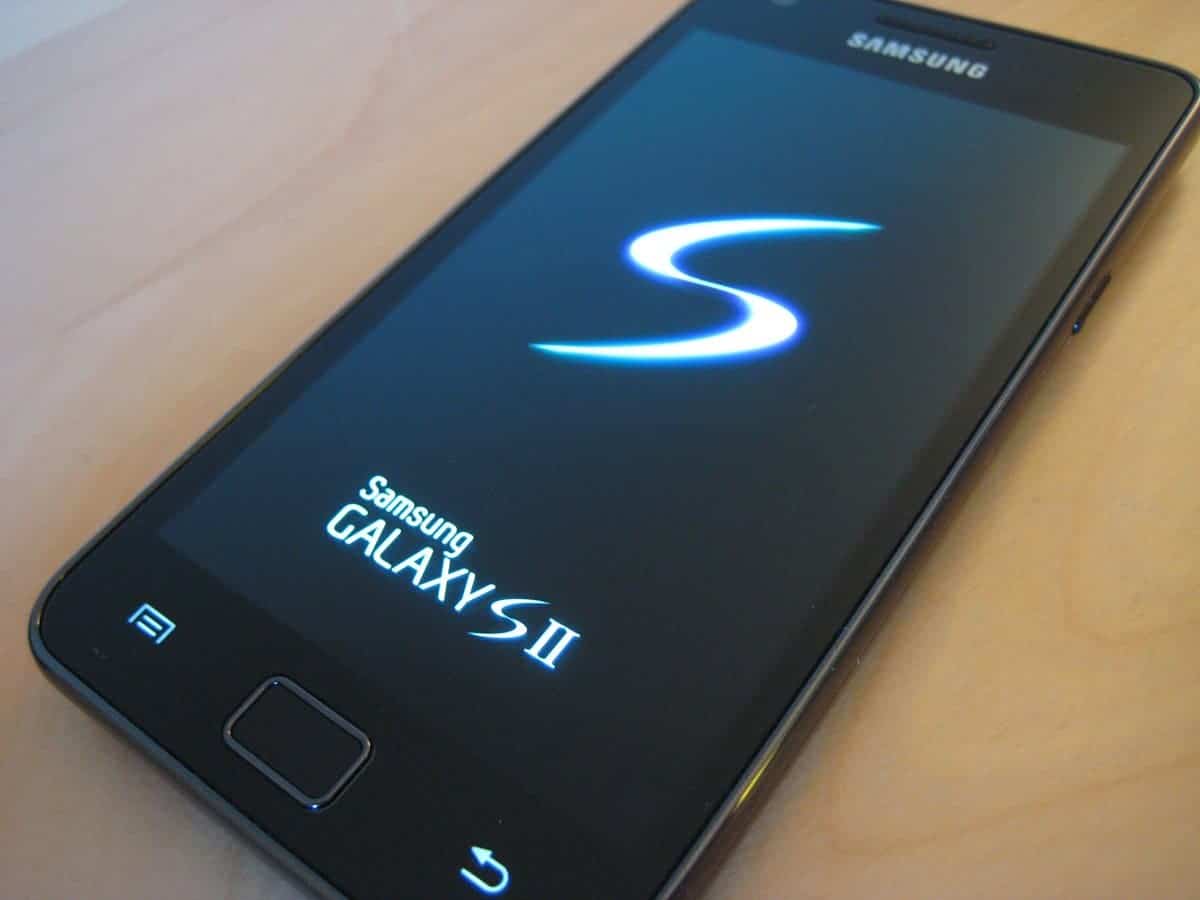
– Manufacturer: Samsung
– Total Sales: 40 million
– Years of Sales: 2011-2012
8. Nokia 5230 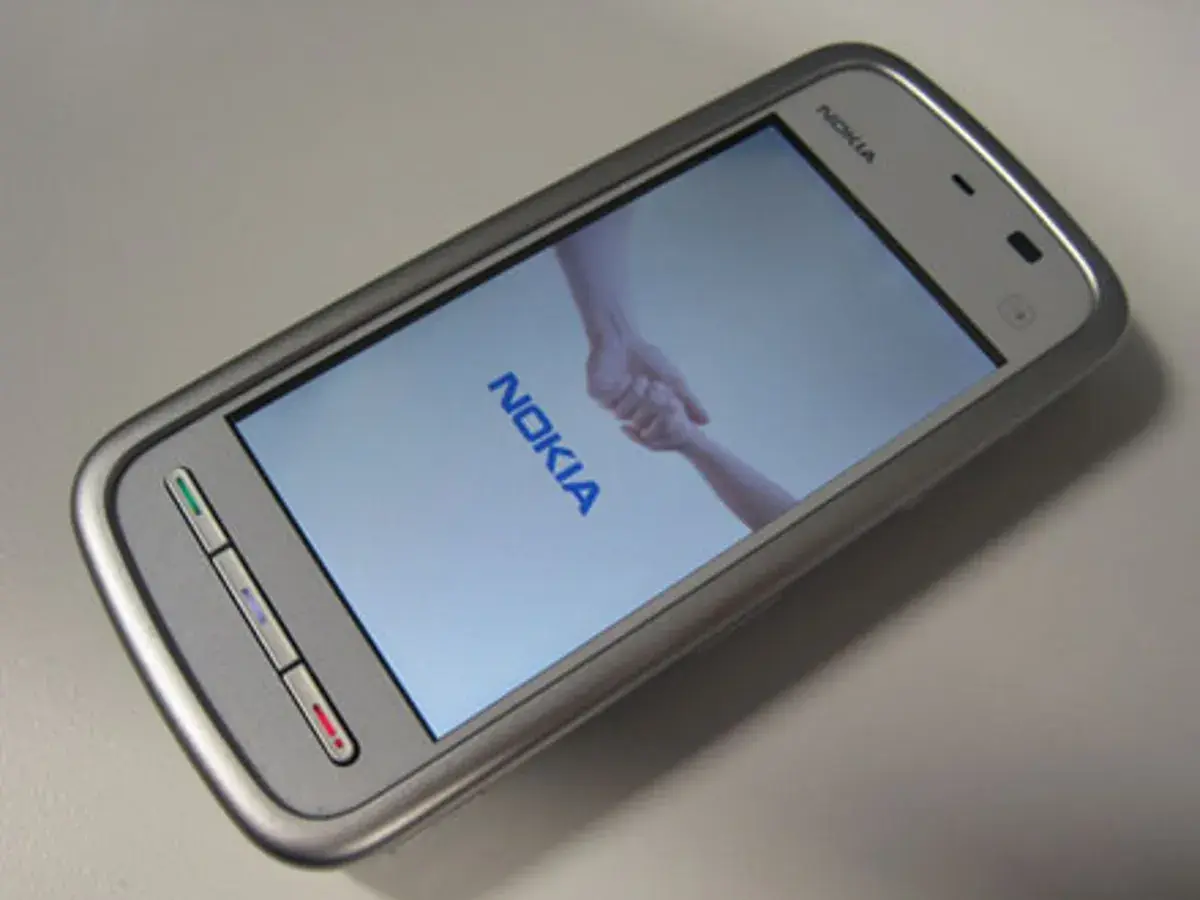
– Manufacturer: Nokia
– Total Sales: 35 million
– Years of Sales: 2010-2012
9. Nokia 2610 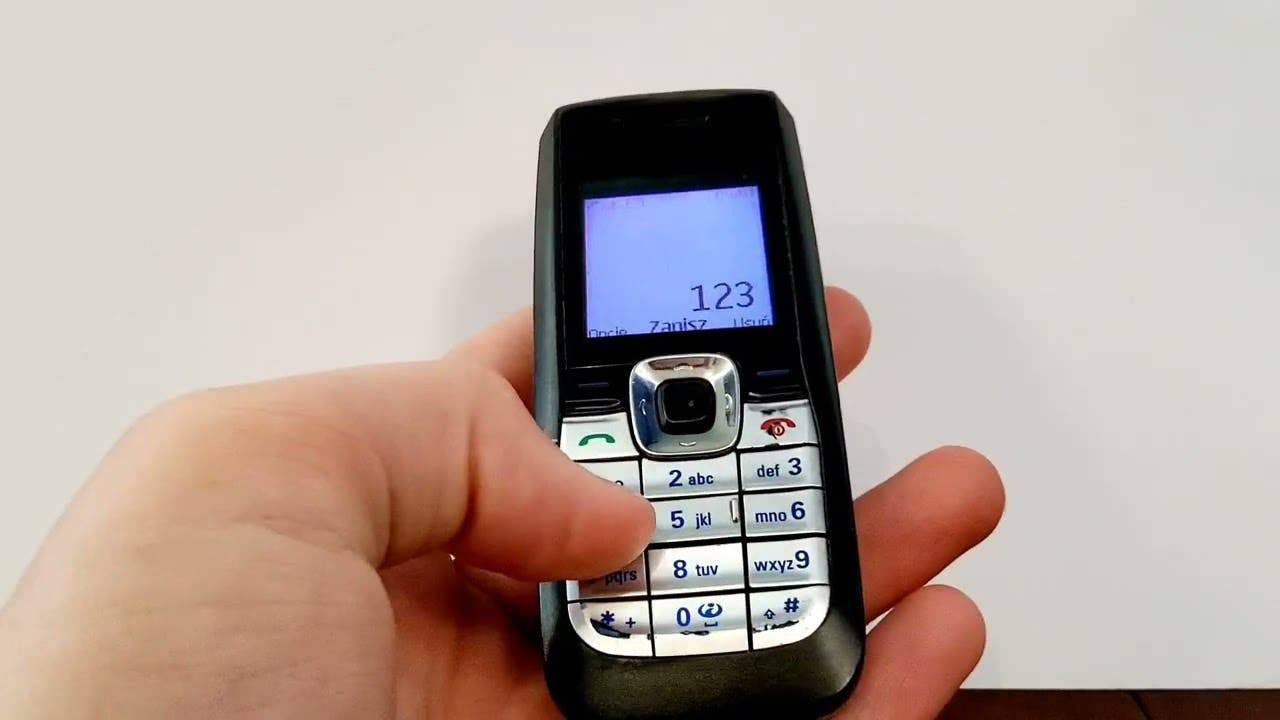
– Manufacturer: Nokia
– Total Sales: 32 million
– Years of Sales: 2006-2008
10. Nokia 1200 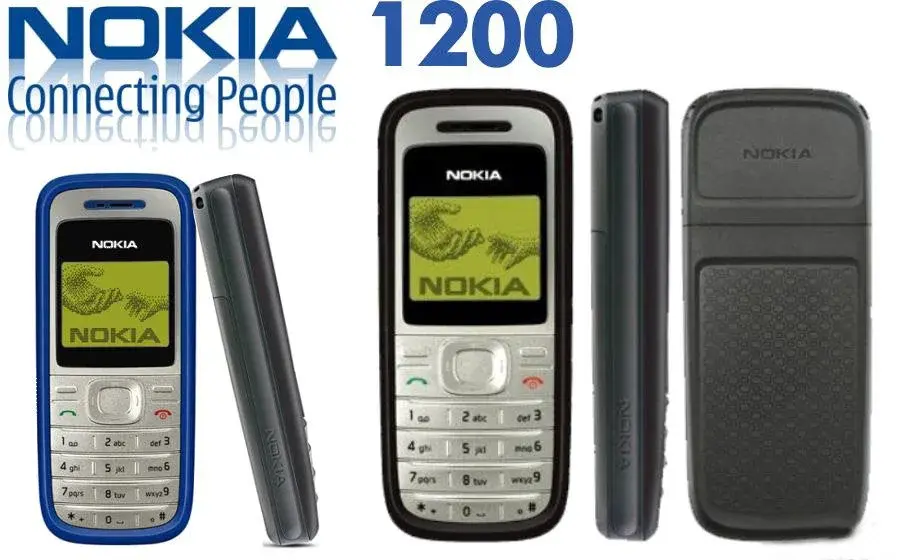
– Manufacturer: Nokia
– Total Sales: 30+ million
– Years of Sales: 2007-2010
11. Samsung E1100 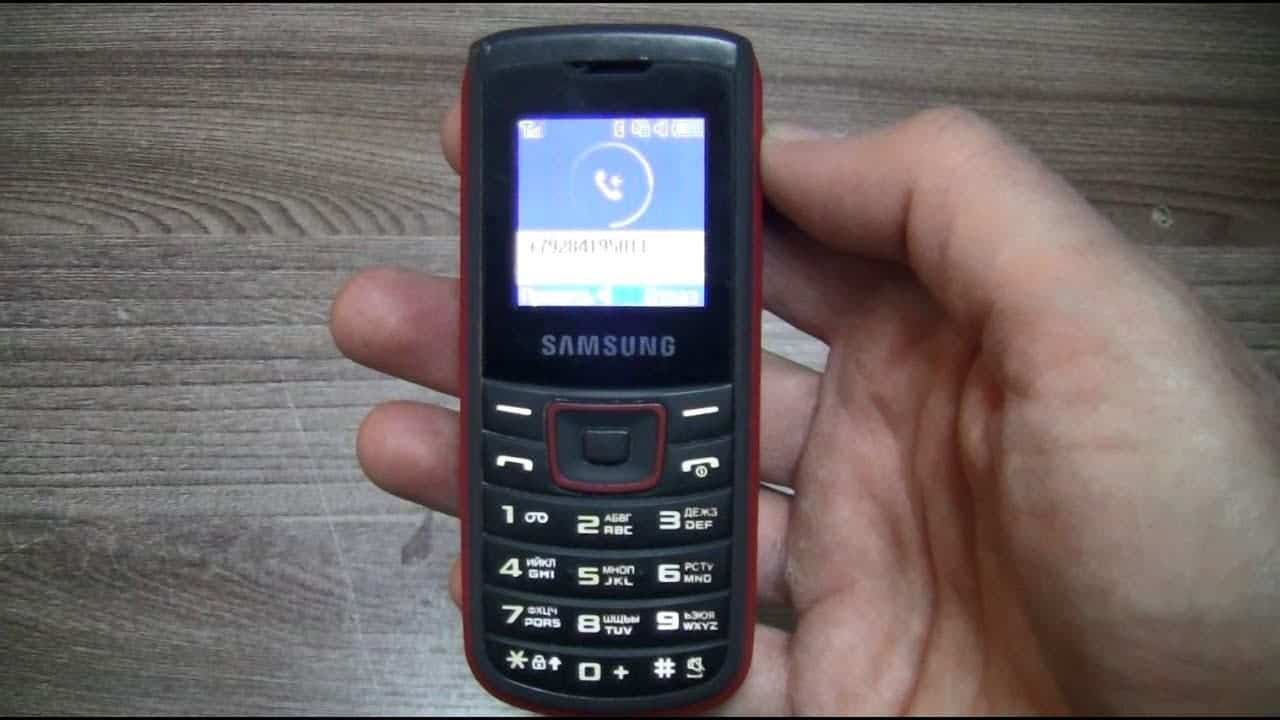
– Manufacturer: Samsung
– Total Sales: 25 million
– Years of Sales: 2009-2012
12. Nokia C1-01 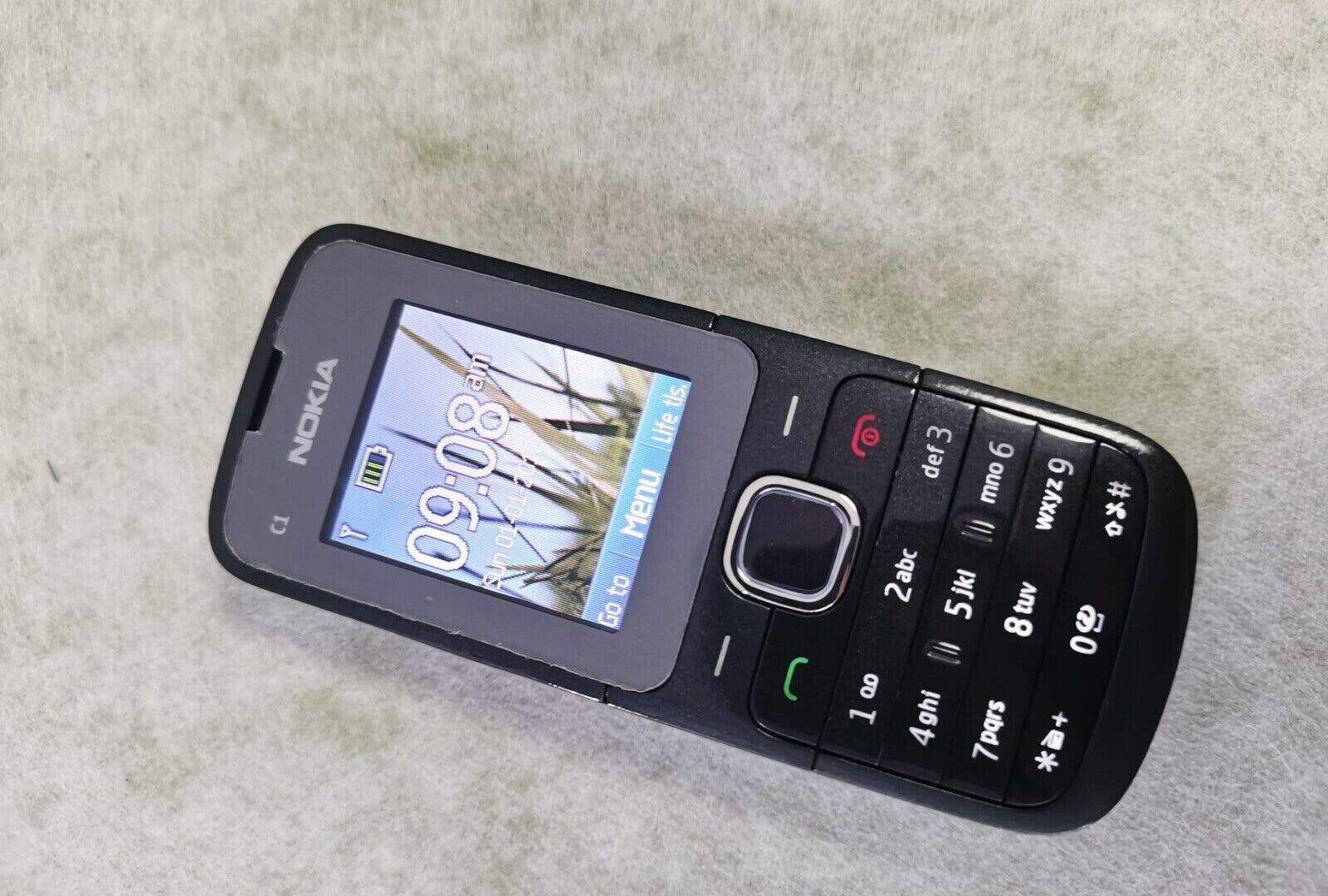
– Manufacturer: Nokia
– Total Sales: 20 million
– Years of Sales: 2010-2012
13. Nokia 6300 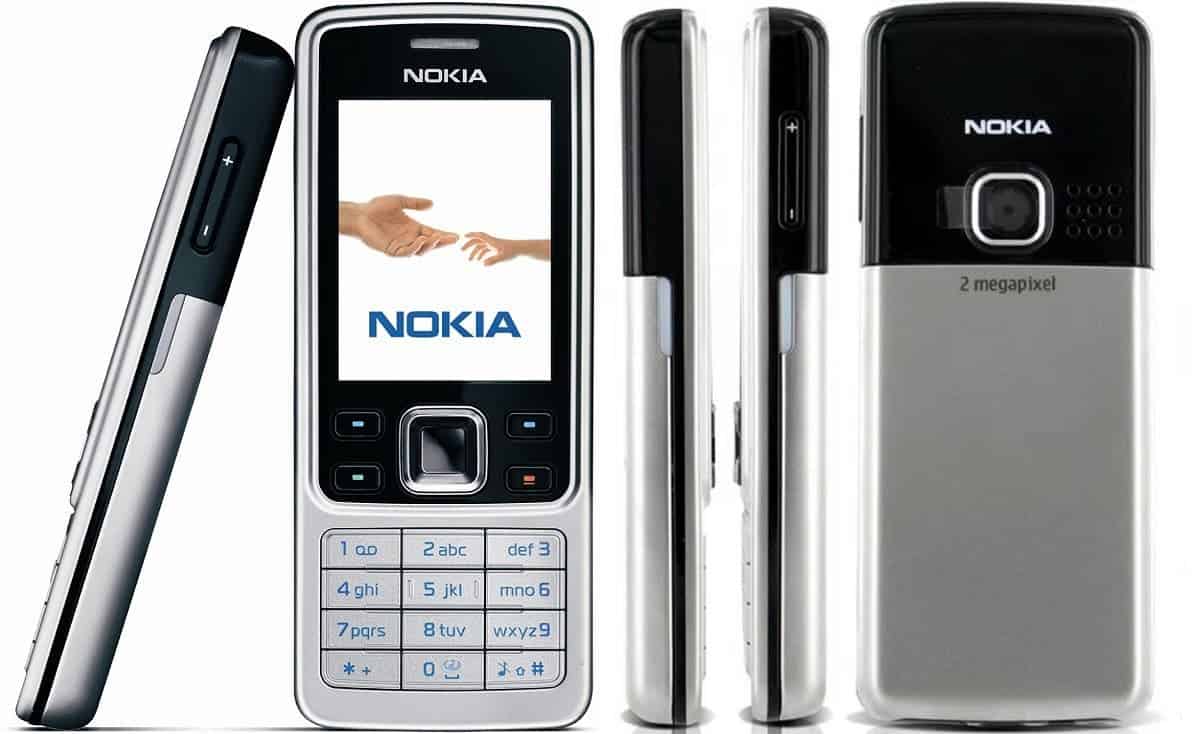
– Manufacturer: Nokia
– Total Sales: 20 million
– Years of Sales: 2004-2007
14. Motorola RAZR V3 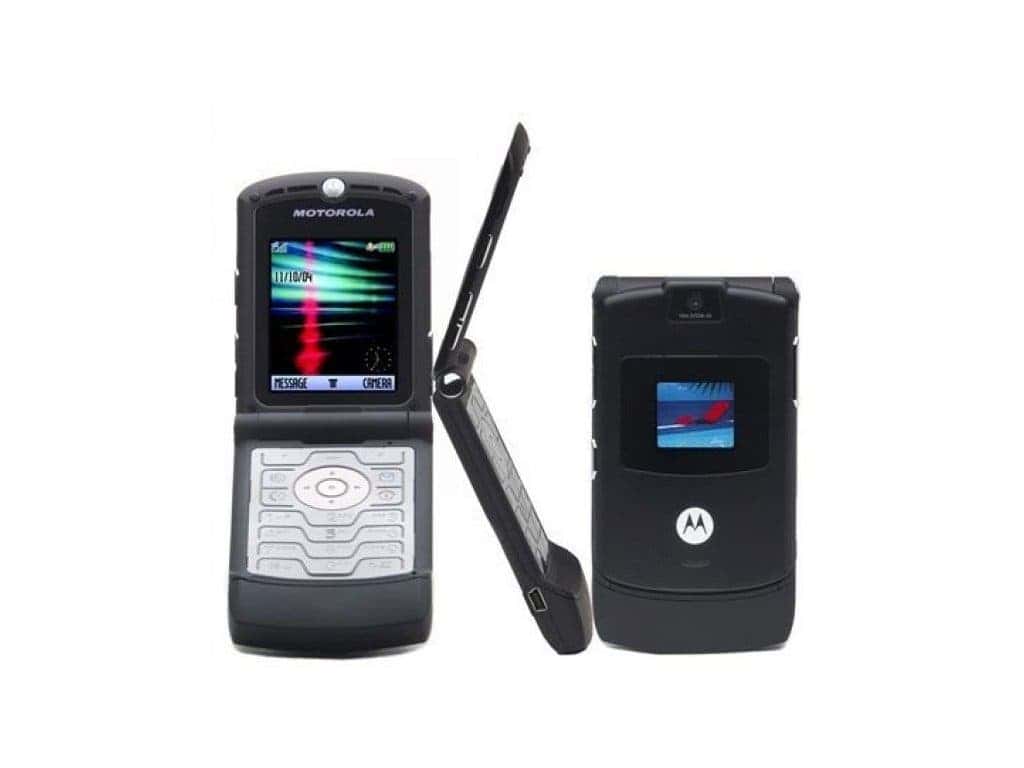
– Manufacturer: Motorola
– Total Sales: 130 million
– Years of Sales: 2004-2006
15. Nokia 3310 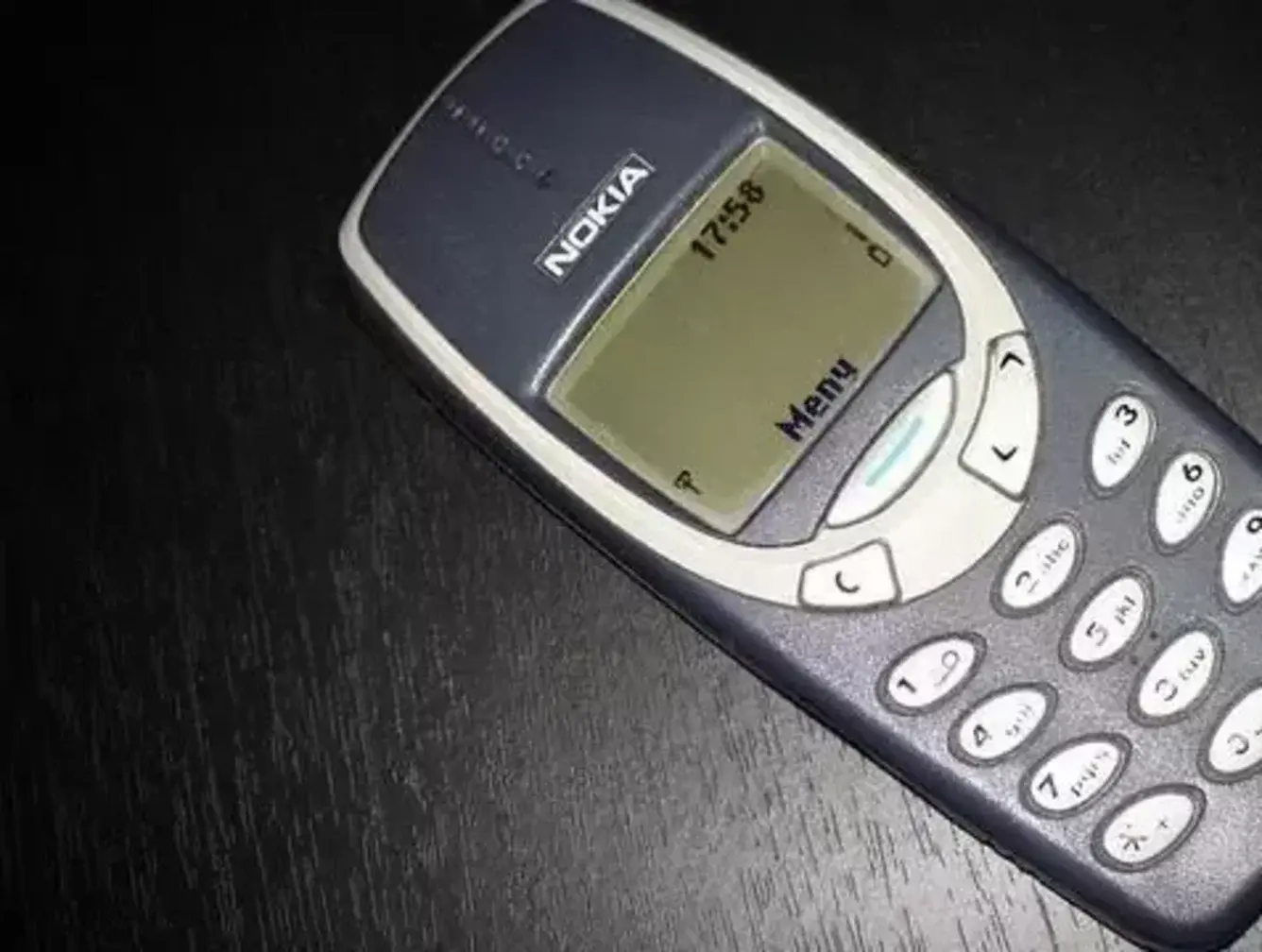
– Manufacturer: Nokia
– Total Sales: 126 million
– Years of Sales: 2000-2005
Topping the list of the most sold phones ever is the widely acclaimed Nokia 1100, with over 250 million sales during its six-year presence before being discontinued in 2009.
Even during the rise of the first mass-market smartphones like the Nokia E-series and the iPhone, the Nokia 1100 stood out due to its affordable price, emphasis on basic features, and compact size, making it a popular choice in developing countries.
Following closely in second place is another model from the same line, the Nokia 1110, which sold 248 million units.
Securing the third spot is the iPhone 6 and 6 Plus, collectively amassing 222 million units in sales. These models, featuring 4.7 and 5.5-inch screens, marked the advent of large-screen smartphones, establishing them as Apple’s best-selling iPhones and the highest-selling smartphones to date. The iPhone 6’s popularity was so enduring that it was re-released in 2017 at a mid-range price.
The subsequent positions among the most sold phones are predominantly held by Nokia and Apple, with only the Samsung E1100 (ranking 11th) and the Motorola Razr V3 (ranking 17th) managing to break the duopoly.
Over the past decade, Nokia and Apple have experienced contrasting trajectories. Following success in the telecom market, Nokia faltered during the transition to smartphones, ceding ground to competitors like Apple, Google, and Samsung. Microsoft acquired Nokia’s mobile phone business in 2014 in an attempt to bolster its Windows Phone, but when that endeavor faltered, Nokia’s phone business was once again sold, this time to HMD Global. Presently, HMD Global continues to produce Nokia phones, including revamped versions of earlier models, running on the Android operating system.
The Modern-Day Rivalry: Apple Vs Samsung 
The transformation of Apple’s primary focus from personal computing to mobile phones has been remarkable. In 2009, iPhone sales accounted for approximately 25% of the company’s revenues. Fast forward to 2023, and half of Apple’s impressive $383 billion revenue is attributed to their smartphones.
Consistently, the iPhone maintains its dominance, securing top positions in the annual list of best-selling phones. This trend is supported by research conducted by tech analysts Omdia.
Here are the top-selling smartphones for 2022 and 2023:
2022 Best-Selling Phones
1. iPhone 13 – 55 million
2. Galaxy A13 – 35 million
3. iPhone 13 Pro Max – 29 million
4. iPhone 14 Pro Max – 23 million
5. iPhone 11 – 21 million
6. iPhone 13 Pro – 19 million
7. iPhone 14 Pro – 18 million
8. Galaxy A03 Core – 18 million
9. iPhone 14 – 17 million
10. Galaxy A03 – 16 million
2023 Best-Selling
1. iPhone 14 Pro Max – 31 million
2. iPhone 14 – 26 million
3. iPhone 14 Pro – 24 million
4. iPhone 13 – 22 million
5. Galaxy A14 – 20 million
6. Galaxy A14 5G – 14 million
7. Galaxy A54 5G – 14 million
8. Galaxy S23 Ultra – 13 million
9. Galaxy A04e – 11 million
10. Redmi 12C – 11 million
Samsung, the Korean electronics giant, boasts impressive sales figures, offering strong competition to Apple. Although the two companies have different business models, their flagship devices are often compared. Samsung excels in areas like battery life and providing mid and lower-range options, while Apple leads in optimization and security. Both brands are renowned for their excellent camera capabilities.
In the U.S., Apple dominates the smartphone market, holding a substantial 52% market share. However, on a global scale, Samsung takes the lead with a 22% market share, surpassing Apple’s 19%.
Best-Selling Phones: From Nokia’s Legacy to Apple’s Reign and Beyond 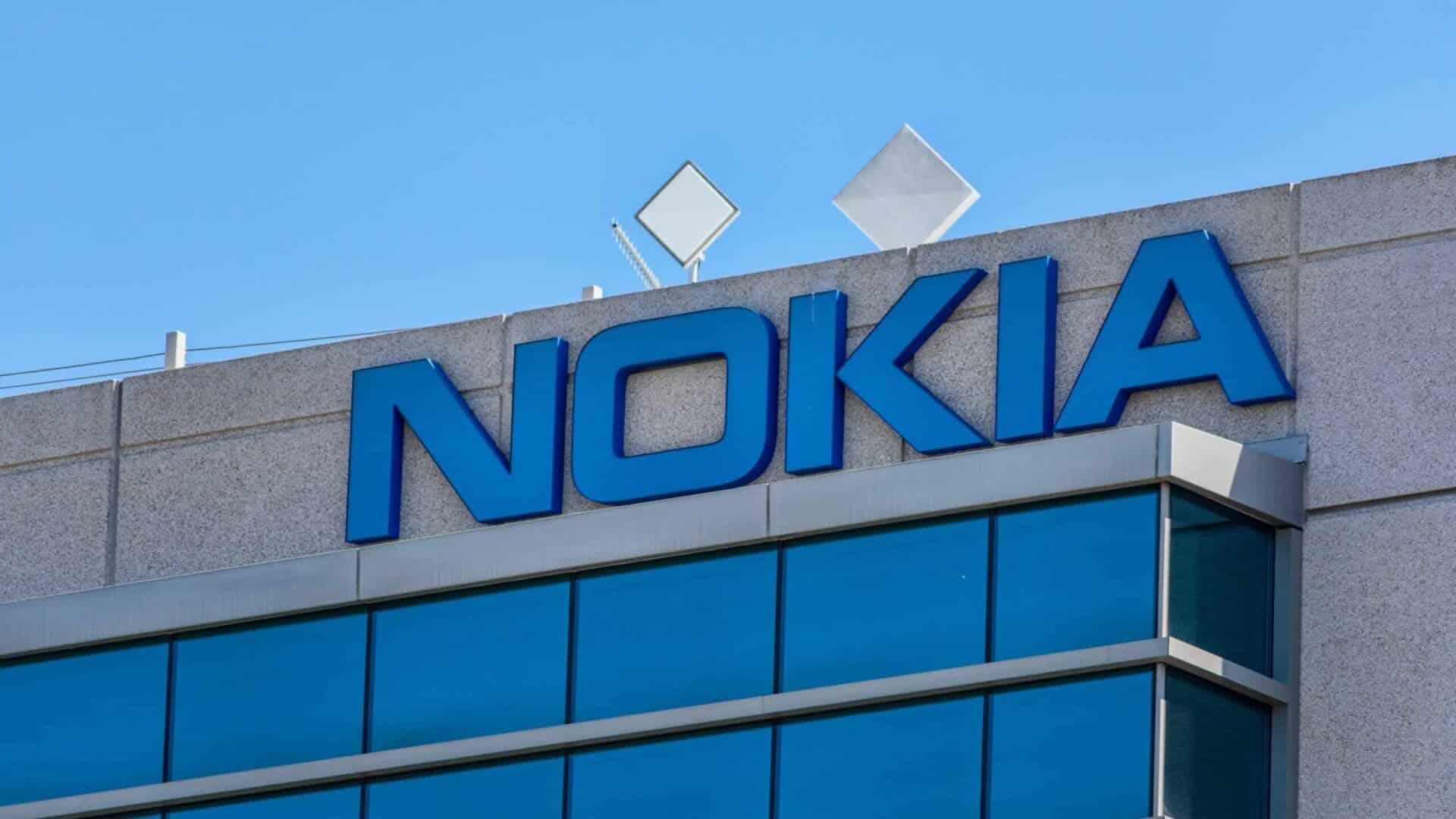
The journey of mobile phones, from bulky bricks to ubiquitous companions, is reflected in the evolution of best-selling models. Nokia’s early dominance, marked by affordability, durability, and basic functionality, paved the way for Apple’s rise with the iPhone and its focus on large screens and a seamless user experience.
While Nokia faltered during the smartphone transition, Apple capitalized, solidifying its position with consistent top-selling iPhones even today. However, Samsung remains a formidable competitor, particularly in global markets, offering diverse options and excelling in specific areas like battery life and affordability.
This dynamic rivalry underscores the ever-evolving mobile landscape. While Apple currently reigns supreme in the high-end segment, Samsung caters to broader needs with a wider range. Both brands excel in camera technology, pushing the boundaries of mobile photography.
Looking ahead, it’s fascinating to consider what the future holds. Will foldable phones become mainstream? How will technological advancements further blur the lines between smartphones and other devices? And what new players might emerge to challenge the established order?
One thing is certain: mobile phones will continue to shape our lives in profound ways. Understanding their past and present is crucial to anticipating and navigating their ever-evolving future.

